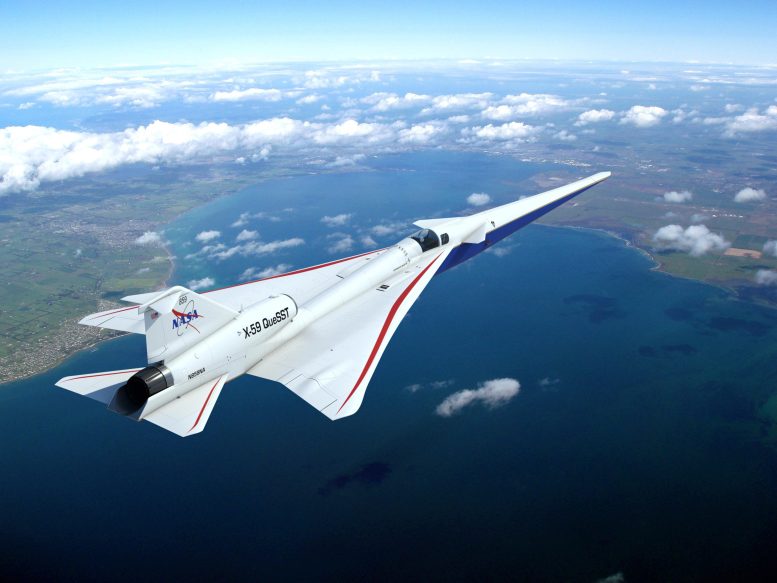
This artist’s concept of NASA’s QueSST jet reflects the airplane’s final configuration following years of research and design engineering. The jet was constructed by Lockheed Martin at the company’s Skunk Works facility in Palmdale, California. Credit: Lockheed Martin
The X-59, NASA’s quiet supersonic experimental aircraft, has arrived back at Lockheed Martin’s Skunk Works facility in Palmdale, California, following several months of critical ground tests in Ft. Worth, Texas.
NASA’s X-59 Quiet SuperSonic Technology aircraft, or QueSST, is designed to fly faster than the speed of sound without producing a loud, disruptive sonic boom, which is typically heard on the ground below aircraft flying at such speeds. Instead, with the X-59, people on the ground will hear nothing more than a quiet sonic thump – if they hear anything at all. The X-59 will fly over communities around the United States to demonstrate this technology, but first, NASA needed to validate the X-plane’s acoustic signature, using a ground recording system.
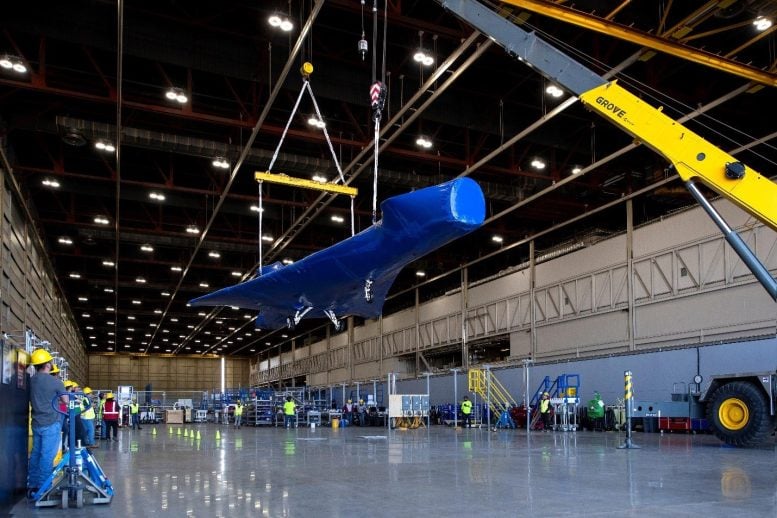
The X-59 is lowered to the ground at Lockheed Martin’s Skunk Works facility in Palmdale, California following a crane operation to remove it from the back of its transport. Credit: NASA/Lauren Hughes
Ground tests on the X-59 were done to ensure the aircraft’s ability to withstand the loads and stresses of supersonic flight – or flight at speeds faster than Mach 1. The vehicle’s fuel systems were also calibrated and tested at Lockheed Martin’s Ft. Worth facilities. With its return to California, the X-59 will undergo further ground tests as it approaches full completion of its development and continues to make progress on its way to first flight.

The X-59 is lowered to the ground at Lockheed Martin’s Skunk Works facility in Palmdale, California following a crane operation to remove it from the back of its transport. Credit: NASA/Lauren Hughes
The X-59 is designed to fly faster than the speed of sound without producing the typically loud sonic booms that occur when an aircraft flies at supersonic speeds. The advanced X-plane will instead reduce that sound to a quiet sonic “thump”, which will be demonstrated in flights over communities around the U.S. starting in 2024. NASA’s goal is to collect and provide data to regulators that may finally solve the sonic boom challenge and open the future to commercial supersonic flight over land, reducing flight times drastically.
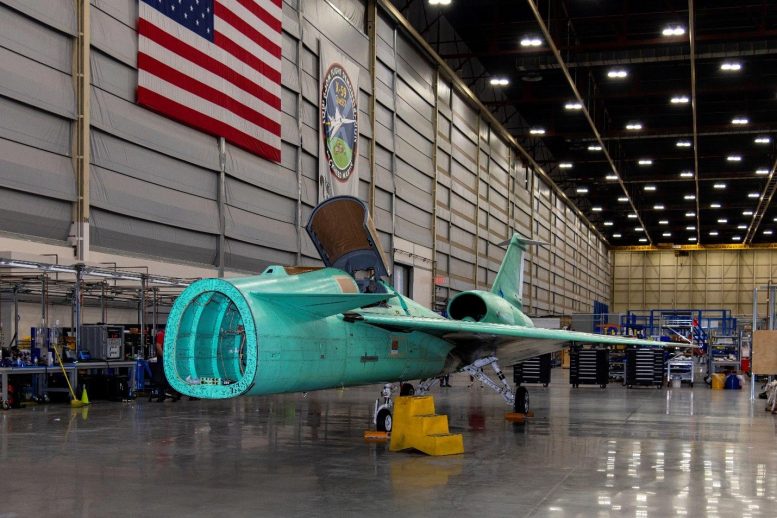
The X-59, unwrapped after transport back to Lockheed Martin’s Skunk Works facility in Palmdale, California, will now undergo final integration. Credit: NASA/Lauren Hughes
NASA’s aeronautical innovators are leading a government-industry team to collect data that could make supersonic flight over land possible, dramatically reducing travel time in the United States or anywhere in the world.
The Low-Boom Flight Demonstration mission has two goals: 1) design and build NASA’s X-59 Quiet Supersonic Technology, or QueSST, research aircraft with technology that reduces the loudness of a sonic boom to a gentle thump to people on the ground; and 2) fly the X-59 QueSST over select U.S. communities to gather data on human responses to the sound generated during supersonic flight and deliver that data set to U.S. and international regulators.

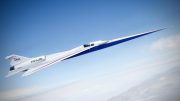
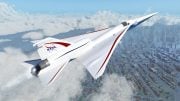

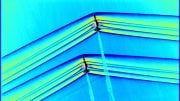
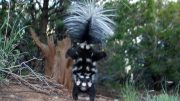
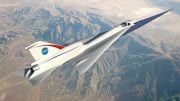
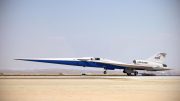
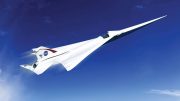
That top air intake design looks susceptible to a pitch-stall.
Are we ready to move forward after the Concorde crash finally?
THAT IS A REALLY COOL AIRCRAFT!
Does it come in an electric model ? Otherwise, the progressive Democrats will come unglued.
you’re article’s are awesomely awesome
That is not a supersonic inlet. Transonic, maybe.
I would hazard a guess that the inlet shown is a prop. That would be a very highly classified design and not something for the opposition to see.
Inlet? All I see is first frames of a fuselage.